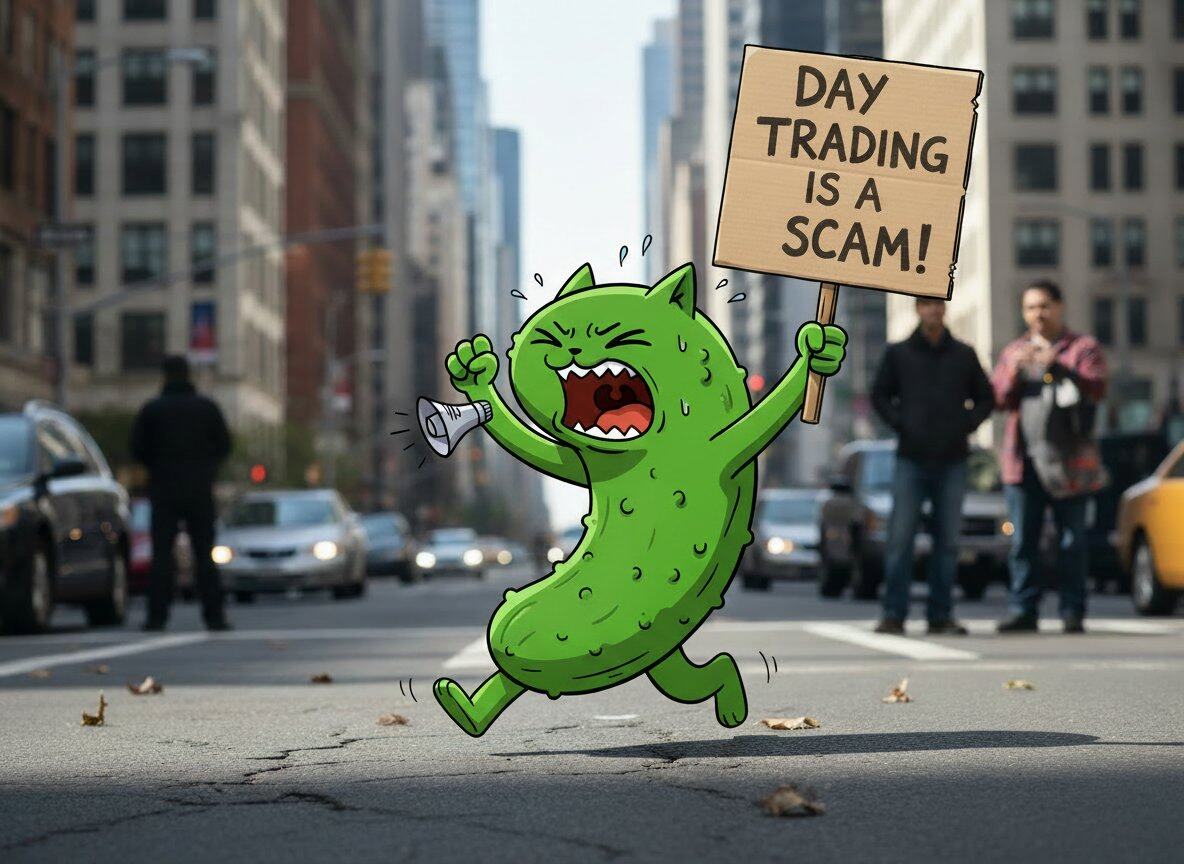On-chain analysis of Glassnode: long-term holders have been purged, and the encryption market has entered its darkest moment
Original source:Glassnode
Compilation of the original text: The Way of DeFi
Original source:
Compilation of the original text: The Way of DeFi
Bitcoin and digital assets have had another tumultuous week, with another round of price downtrends that saw Bitcoin drop to new multi-year lows this week. Macro headwinds remain a major driver, with the latest U.S. CPI data at 8.6%, higher than expected, and another 2-10-year U.S. Treasury yield curve inversion in the early hours of Monday. The U.S. dollar index rebounded sharply as Bitcoin closed in the negative for 11 weeks.

Bitcoin web usage continues to languish, with macro indicators such as RVT (realized value to volume ratio) entering uncharted bearish territory. Although the accumulation of Bitcoin by retail investors (holdings less than 1 BTC) and whales (holdings greater than 10k BTC) continues, price support is still far from being established. While many macro valuation indicators continue to show oversold conditions, Bitcoin remains correlated with traditional markets and prices will be hit accordingly.
In this article, we will explore: The current bear market coincides with the darkest phase of previous bear markets. The market averages only slightly above its cost basis, and even Long Term Holders get washed out.
cost basis

As the market trades into the region of around $20,000, it is touching one of the most important and fundamental on-chain metrics, realized price. This metric represents the average price of each BTC in circulation, calculated as the value when it was last spent on-chain.
It will be difficult for the spot price to reach the realized price ($23,430) unless it reaches the deepest stage of the bear market. The last unrealized losses were in March 2020 and at the end of the 2018 bear market.
The MVRV Z metric is used to assess the Bitcoin Market Value to Realized Value ratio. This tool can help identify deviations in price and "intrinsic value" and can be used to assess whether there is over- and under-pricing.

When there is a coincidence with the average (black line), it usually means that the market is in line with the deep bears. The current market has now dropped to just 0.26 above average, which historically would be considered a value area, especially if the weighted Z drifts upwards.
That said, past bear market cycles have shown that negative MVRV-Z values typically precede the end of a bear market and can remain in this state for a period of time (a few months in 2018 to a full year in 2015).
Bitcoin HODLer weak
In the structural downtrend since November, we have seen various phases of behavior and Bitcoin spending behavior. We can use these behavioral changes to gauge changes in investor sentiment in general.
The Accumulation Trend Score (Accumulation Trend Score) is a useful tool to observe the increase or decrease of Bitcoin balance on the chain by evaluating the magnitude and duration of these changes, showing the accumulation and distribution of all investors.
December 2020-January 2021 - Bulls buy, investors enter the market and create a bullish sentiment, Bitcoin reaches a new high of $64,000.
January 2021-October 2021 - Weakness and general distribution, partly due to lower spot demand after GBTC premium turns to discount
October 2021 to January 2022 - Buying after new highs followed by reallocation

January 2022 to May 2022 - Intermittent accumulation and distribution, culminating in a LUNA-UST induced sell-off.
In the current market, we see that the single-month accumulation trend score is 0.8, indicating that the positive balance of the entire market has changed a lot. This is a notable shift from the intermittent accumulation that preceded the sell-off in LUNA and may indicate an improved investor perception of value at $30,000 and below.

We can also look at the Liveliness indicator to understand market preferences for long-term holding or allocation behavior. The liveness metric defines the balance between daily token burns and daily token creations. Therefore, it can be used to provide a confluence of underweight and overweight states.

The vitality indicator has been in a structural downtrend since August 21. With HODLing dominating, Bitcoin is firmly within the state of coin day creation. However, as we said before, the HODLer crowd alone cannot create high demand to resist selling pressure.

We can further corroborate this by evaluating the 3-month position change of the vitality indicator (shown in purple below). Since the great migration of miners in July 2021, the scope of accumulation can be seen in general. However, this state of daily token creation is losing momentum and is trending towards an equilibrium position in the current trend. This reflects the general uncertainty in the market, which has led more and more investors to reduce their spot positions to reduce risks.
HODLer net position changes provide insight into supply and can be used to estimate the amount of coins a HODLer is accumulating or distributing. This metric suggests that, depending on the current level of coin dormancy, approximately 15k-20k BTC are being transferred to Bitcoin HODLers per month. That figure has fallen about 64% since early May, suggesting that overweight is waning.
Over the past 18 months, we have seen a constant shift in investor belief and spending behavior. In particular, we have identified that investor buy-side sentiment appears to be stronger in the two instances at the $30K price point (May-July 2021 and now) than at any other price level this cycle.
split the market in two
We've determined that investors do appear to be seeing value in the sub-$30k region, although this demand has so far been insufficient to provide price support. Which investors are accumulating will be analyzed next.
A crowd-based trend accumulation indicator allows for a more granular assessment of which wallets are accumulating/distributing and to what extent.
Xiami (holding less than 1 BTC) and whales (holding more than 10k BTC, but excluding exchanges and miners) have been actively accumulating since the price crashed to $25k-32k. This remains the case during the price downturn of the past 2 months.

During the current sell-off, crabs to sharks (positions between 1 and 100 BTC) have shifted from neutral to distribution phase. This suggests that confidence may be declining.
Thus, the near-perfect 0.9 seen in the accumulation trend indicator in recent weeks is driven by both very large (holdings greater than 10 k BTC) and relatively small (holdings of less than 1 BTC) investor base. Interestingly, whales were the main sellers at the $45,000 to $35,000 (Zone A) level, and are currently one of the major accumulators at the $25,000 to $32,000 (Zone B) level.

Next, we can evaluate the 30-day supply change rate for addresses with a balance of less than 1 BTC. The 30-day rate of change can help us analyze the changes in raw positions of this small and likely retail-level investor group.
While balance growth for these addresses is currently declining, the past 18 months have seen the most aggressive and sustained accumulation period for such addresses following the initial rise in Bitcoin. Since the Luna crash on May 9, the net balance of such addresses has grown by 20,863 BTC.

Since the new high in November, such addresses (holding less than 1 BTC) have accrued a total of 96.3 k BTC. This is equivalent to 0.451% of the circulating supply and 48.6% of the SGD output during the same period.

We can clearly see the growth of the holdings of these addresses. Such holders (retail investors) seem to be unimpressed by the current downtrend, and they are still accumulating spot BTC.
Another group worth evaluating is whales with holdings above 10k. Looking at the monthly position changes of their addresses corroborates our previous observation that this group has also been accumulating in the $25,000 to $32,000 price range. Since the new high in November 2021, the peak monthly position change of this group is about 140 k BTC, accumulating 306,358 BTC.

The distribution of unspent realized prices by wallet group makes it possible to observe the price point at which this supply allocation was last traded, and from which wallet group.
Around the $30,000 and $40,000 price ranges, we can see large clusters of supply associated with various wallet groups, suggesting that these two price ranges have experienced significant supply changing hands. However, there are very few coins trading between $27,000 and $20,000, which could manifest as a high volatility zone with a possible lack of support.
deterioration of fundamentals
The RVT ratio compares realized market cap to daily transaction volume settled on-chain, which provides insight into the daily utilization of the network (on-chain transaction volume) versus its intrinsic value (realized market cap). In general, RVT values:
High and trending upwards indicate low and declining network utilization.
Low and trending downward indicates high and rising network utilization.
Stable indicates that current utilization trends are likely to be sustainable and in balance.

The red area in the graph below indicates an RVT ratio of 80 or higher, indicating that the network valuation is now 80 times the daily settlement value. This points to a barren environment for on-chain activity, which has historically been a long-term bearish outcome and could cause cost-only players to leave.
In past bear market cycles, a lack of on-chain activity has often meant a bear market bottom. If network utilization increases and RVT decreases, this could signal improving fundamentals. However, with the RVT ratio currently at its highest since 2010, a sustained breakout would enter uncharted bearish territory, with network valuation even more "overvalued" relative to network activity.
The dormant coin flow model compares market valuation and network utilization in terms of average coin age spent in the network. Dormancy measures the average coin-day burn volume on a per-coin transaction basis. The dormant-flow model then compares market capitalization to dormant (in dollars), capturing deviations in spending behavior from market valuations.

Dormantcoin flows remain historically low, indicating low market valuations relative to time-weighted on-chain volumes. As a rule of thumb, this usually coincides with bear market sell-offs and periods of greatest pain.
Consistent with the weakening performance of vitality indicators and HODLer, even the oldest Bitcoin holders have been purged.
Even staunch holders were purged
Long-term holders (LTH) and short-term holders (STH) are essentially opposites and therefore value different things.
Short-term holders are more sensitive to price fluctuations because their cost base is closer to the current spot price.
Long-term holders usually represent the HODLer group, who are relatively insensitive to prices. This group is more likely to weather volatility and price declines in the pursuit of long-term value.

The spend price model can reflect an average cost basis of coins spent per day. LTH and STH can be parsed separately to determine the difference between their spending behavior. It's uncommon for LTH to spend a higher average cost basis than STH, but it does happen when entering deep sell-off zones, and even staunch holders can get wiped out.
Comparing the market cost basis (realized price) with the LTH cost basis shows that the two are currently converging. LTH typically has the lowest on-chain cost base, which directly correlates to their transactional perception of buying cheaply in the value zone, so their total buy volume is lower.

Summarize
So, with the LTH cost basis approaching the market cost basis, it suggests that the current positioning of the "smart money" group is not affecting the broader market. As per previous experience, the LTH realized price being higher than the total realized price also coincides with the deepest stage of the bear market.
Summarize
The Bitcoin market has entered a phase that coincides with the deepest, darkest bear market cycle in the past. Prices are barely holding above the total cost basis reflected in realized prices, and on-chain volume fundamentals have further deteriorated. Historically, this phase has taken about 8 to 24 months to pass as the market eventually bottoms out.



